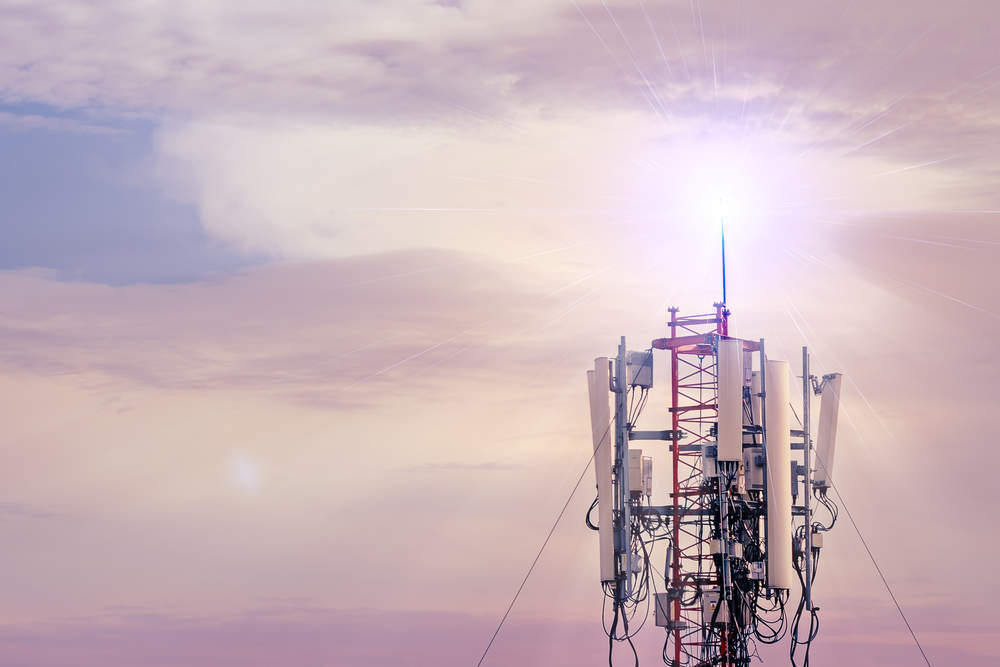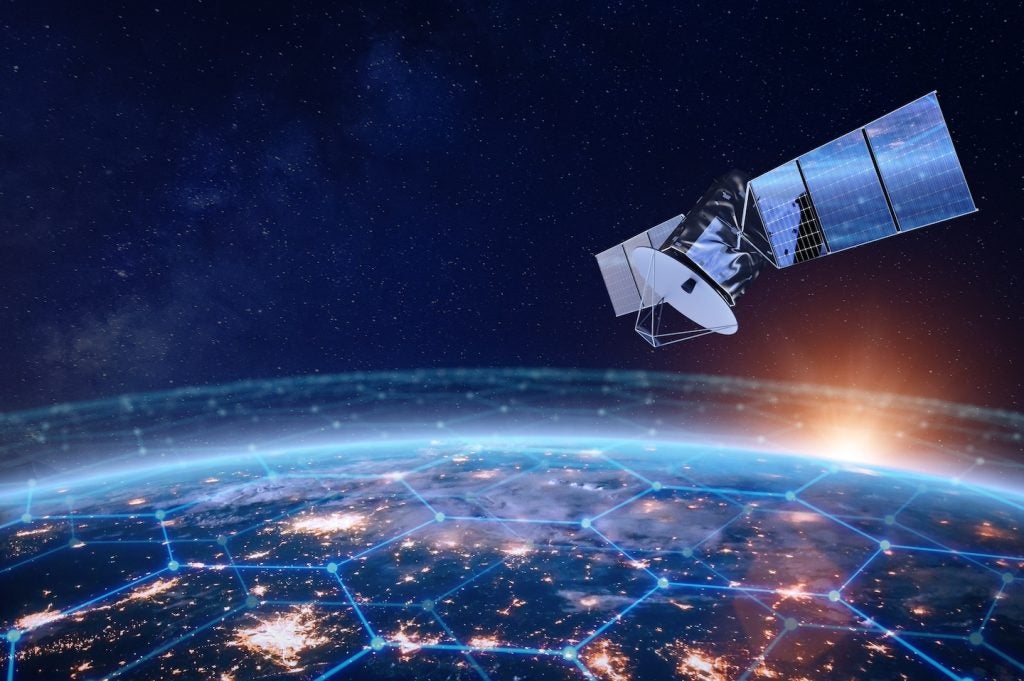Mobile networks have been trumpeting the message that “5G is here” and “the wait for 5G is over” — but people aren’t exactly on tenterhooks.
5G — the next generation of mobile technology following 4G LTE — is a big deal for mobile equipment companies Huawei, Ericsson, and Nokia and they sometimes make it sound as though the world has been waiting with bated breath for 5G to arrive.
The truth is that no one has been waiting more eagerly than the companies who are announcing that the wait is over.
Is it true that 5G is finally here?
The answer to that question shouldn’t be as complicated as it is.
But before we can answer, we need to understand what’s meant by 5G.
US operator Verizon, which was early to trial this technology – based on high-frequency millimetre-wave spectrum – has been particularly vocal about promoting this as in home wife as 5G, since it allows Verizon to claim it’s providing 5G service earlier than its competitors.
How well do you really know your competitors?
Access the most comprehensive Company Profiles on the market, powered by GlobalData. Save hours of research. Gain competitive edge.

Thank you!
Your download email will arrive shortly
Not ready to buy yet? Download a free sample
We are confident about the unique quality of our Company Profiles. However, we want you to make the most beneficial decision for your business, so we offer a free sample that you can download by submitting the below form
By GlobalDataLikewise, suppliers of the wireless networking gear for these roll outs are keen to call it 5G.
But of course, millimetre waves are not the fifth generation of residential broadband technology – something Verizon’s rivals have pointed out.
And today’s 4G LTE subscribers will generally think of true 5G not as a fixed, but as a mobile service.
So is mobile 5G finally here?
Network equipment vendors have been teasing it for years with mobile base station gear – the transmitting equipment installed on cell towers – promoted as pre-5G and 5G-ready.
But in 2018, when vendors announced 5G base stations would be available starting later this year, the news carried more weight.
That’s because the industry standards groups defining 5G’s common specifications finalised the first 5G standards last December, allowing vendors to bring products to market based on those standards this year.
So wait – mobile 5G really is here?
Well, not quite.
Smartphones that support 5G aren’t expected until 2019.
Though some operators have promised to roll out 5G service sooner (AT&T, for one), it can only be delivered to less popular devices like mobile hotspot so-called pucks and dongles – mere preludes to the mass market.
Still, once early services launch (probably in the US, Korea, Japan and China) and 5G devices spread, then 5G is finally here, right? Well, sort of.
Is 5G just about faster speeds?
It’s true that the first big, global wave of 5G services will be aimed at consumer mobile broadband that’s faster than today’s 4G.
But faster speeds aren’t exactly what separate 5G from 4G (in fact, 4G has been getting faster all along, through regular advancements in its technology).
The real defining promise of 5G is to allow operators to connect both people and machines with a common network, thereby attaining greater efficiency and profitability than any previous generation.
That depends on the development of new business cases and new market adoption that the mobile industry hasn’t seen before and doesn’t well understand.
When will that happen?
The short answer is: Not anytime soon.
So is 5G finally here? For vendors selling 5G gear, basically, yes. For consumers? Depending on where in the world they live, it’s coming soon.
For operators – in the sense that really matters to them (new revenue and profit)? The wait will continue.








Related Company Profiles
Nokia Corp